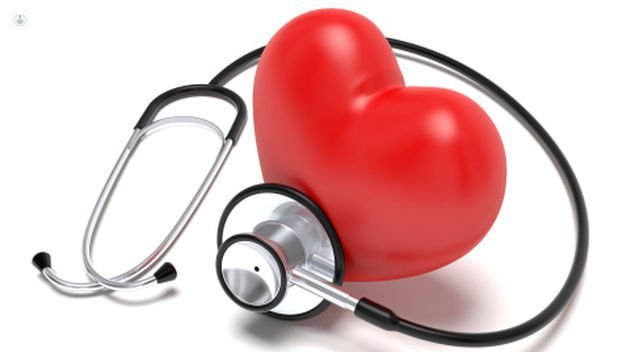What is PAD?
Written by: Peripheral artery disease is a disease that affects non-coronary arteries, especially those of the lower limbs. This condition produces stenosis, or narrowing in the caliber of the same and as a result, a decrease in the blood supply and tissue oxygen. In its most severe form can cause occlusion of the artery.
Peripheral artery disease is a disease that affects non-coronary arteries, especially those of the lower limbs. This condition produces stenosis, or narrowing in the caliber of the same and as a result, a decrease in the blood supply and tissue oxygen. In its most severe form can cause occlusion of the artery.
What is the cause of peripheral artery disease?
There can be many causes but reserve the term peripheral artery disease to that disease caused by atherosclerosis of the arteries.
In turn, the risk of atherosclerosis is increased in diabetics, smokers, hypertensive, obese or homocysteine (elevation in blood of a substance called homocysteine). The more risk factors, the greater the likelihood of developing the disease. Men also are at increased risk for osteoporosis than women.
What are the symptoms of peripheral artery disease?
As usual, the artery no symptoms until the narrowing in the light of the affected vessel is important.
Only 10 to 35 percent of patients with intermittent claudication, which is the classic clinical disease. This refers to the need to stop the march calf muscle pain (most common), thigh or buttock.
Between 1 and 2% of patients present with severe arterial ischemia. This condition presents a lack of blood flow can cause an ulcer or even jeopardize the future of the limb. Pain, coldness, or discoloration (paler, blue or red) on the skin should alert professionals Vascular Surgery .
What is the treatment of peripheral artery disease?
Depending on the affected area and the presentation, treatment may vary. Sometimes it is sufficient to establish a medical treatment which often includes an antiplatelet agent.
When the disease is severe or does not respond to medical treatment, surgical treatment is necessary. In this intervention calcium plaque or clot that caused the stenosis or, if not possible is removed, a bypass or bridge between the anterior to the affected and distal to it is done. Such a bypass can be performed with an artificial graft or a vein from the patient's leg.
What problems can lead to the artery if left untreated?
The main risks of not properly treat the disease is the appearance of ulcers. These can progress to necrosis or sobreinfectarse, adding that the patient, in extreme cases, require amputation.


